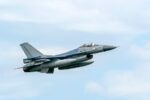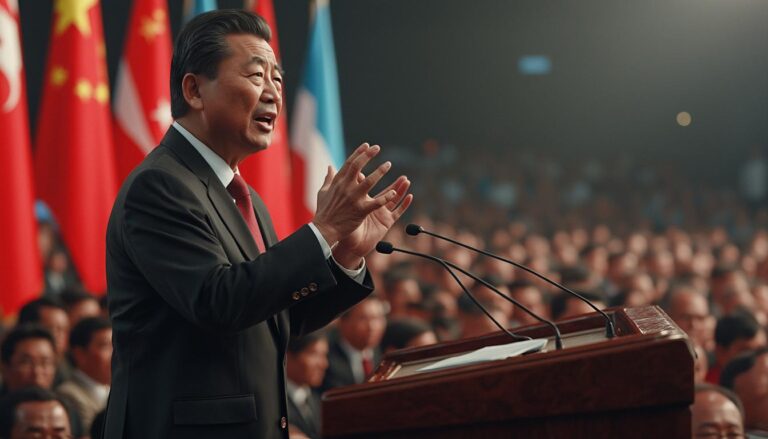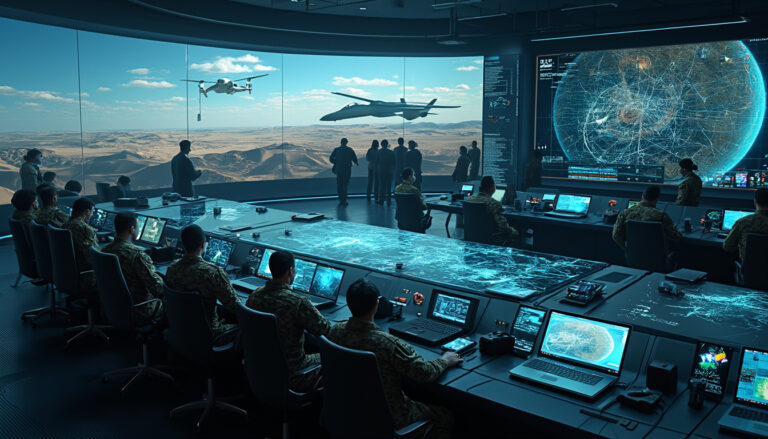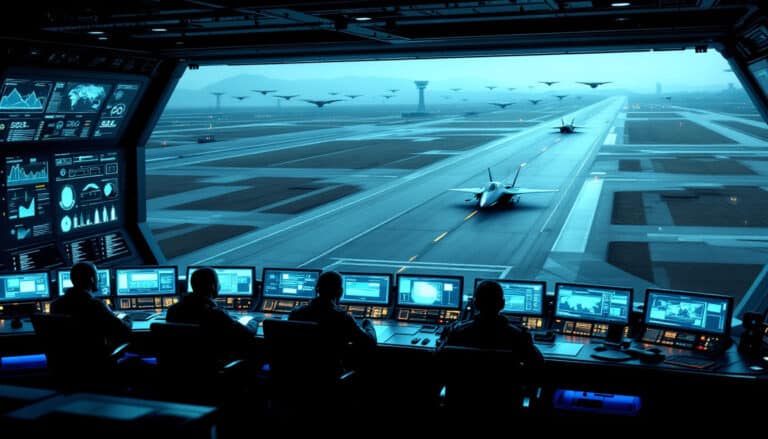At the dawn of the year 2050, the global geopolitical landscape is undergoing profound changes, with a growing urbanization that redefines the contours of contemporary conflicts. Cities, these hubs of populations and strategic interests, are becoming theaters of unprecedented confrontations. The challenges related to sustainability, mobility, and security in urban environments shape a future where military strategies must adapt to increasingly complex and interconnected settings. An exploration of the potential developments of urban hostilities is essential to anticipate upcoming challenges and understand how conflicts reinvent themselves in the heart of metropolises. This study invites us to reflect on the interaction between urbanization and military ramifications, thus revealing the urgency of rethinking defense and security doctrines and tactics.
Urban prosperity is at the heart of future scenarios of armed conflicts, with a global population estimated to be nearly 50% concentrated in large cities by 2050. This rapid urbanization transforms the dynamics of war, making interactions between civilians and military personnel increasingly complex.
The concept of urban combat emerges as an unavoidable reality, where confrontations take place amidst homes, essential infrastructures, and pedestrian areas. This reality implies a reevaluation of the operational strategies of military forces, which must adapt to the particularities of the terrain and civic behaviors.
In summary, the geopolitical issues of today shape the landscape of conflicts of tomorrow, calling for a thorough reflection on the capabilities and tactics necessary to navigate this ever-evolving urban environment.
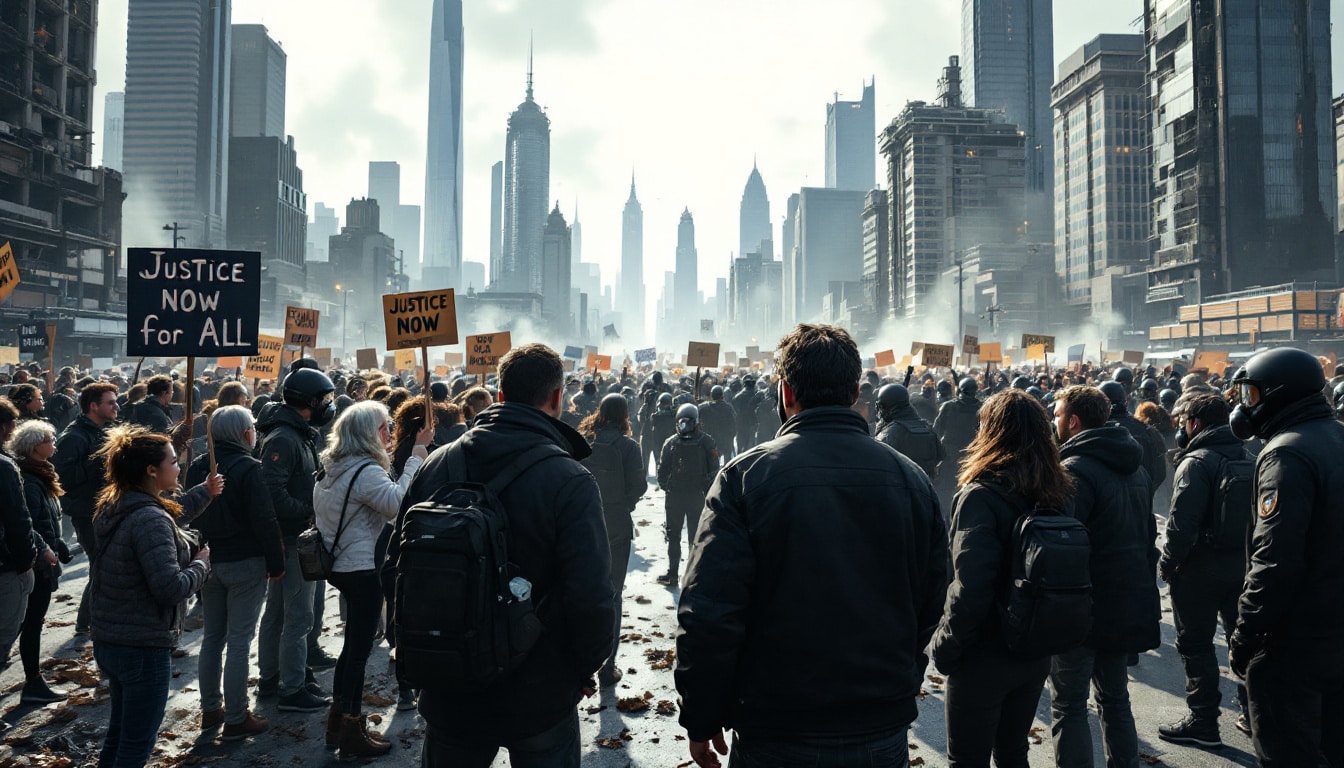
With growing urbanization, conflicts are taking on a new face in urban areas. By 2050, it is estimated that nearly half of the global population will live in cities. This population concentration brings forth a multitude of challenges for the forces involved. The dynamics of combat are evolving, necessitating a rapid adjustment of military strategies.
Table des matières
ToggleThe nature of urban conflicts
Urban environments are characterized by their complexity. Buildings, infrastructures, and transport networks amplify the difficulty of military operations. In this context, traditional tactics need to be reconsidered. The approach must integrate the necessity of minimizing collateral damage, particularly in areas where the civilian population is dense.
Implications for national security
Urban conflicts not only change military tactics but also national security policies. The army’s section must be trained to respond to the specific challenges of an urban environment. Indeed, strategic planning will need to include realistic simulations to anticipate conflict scenarios in these spaces. A fundamental change is necessary to ensure effectiveness in facing this type of combat.

















